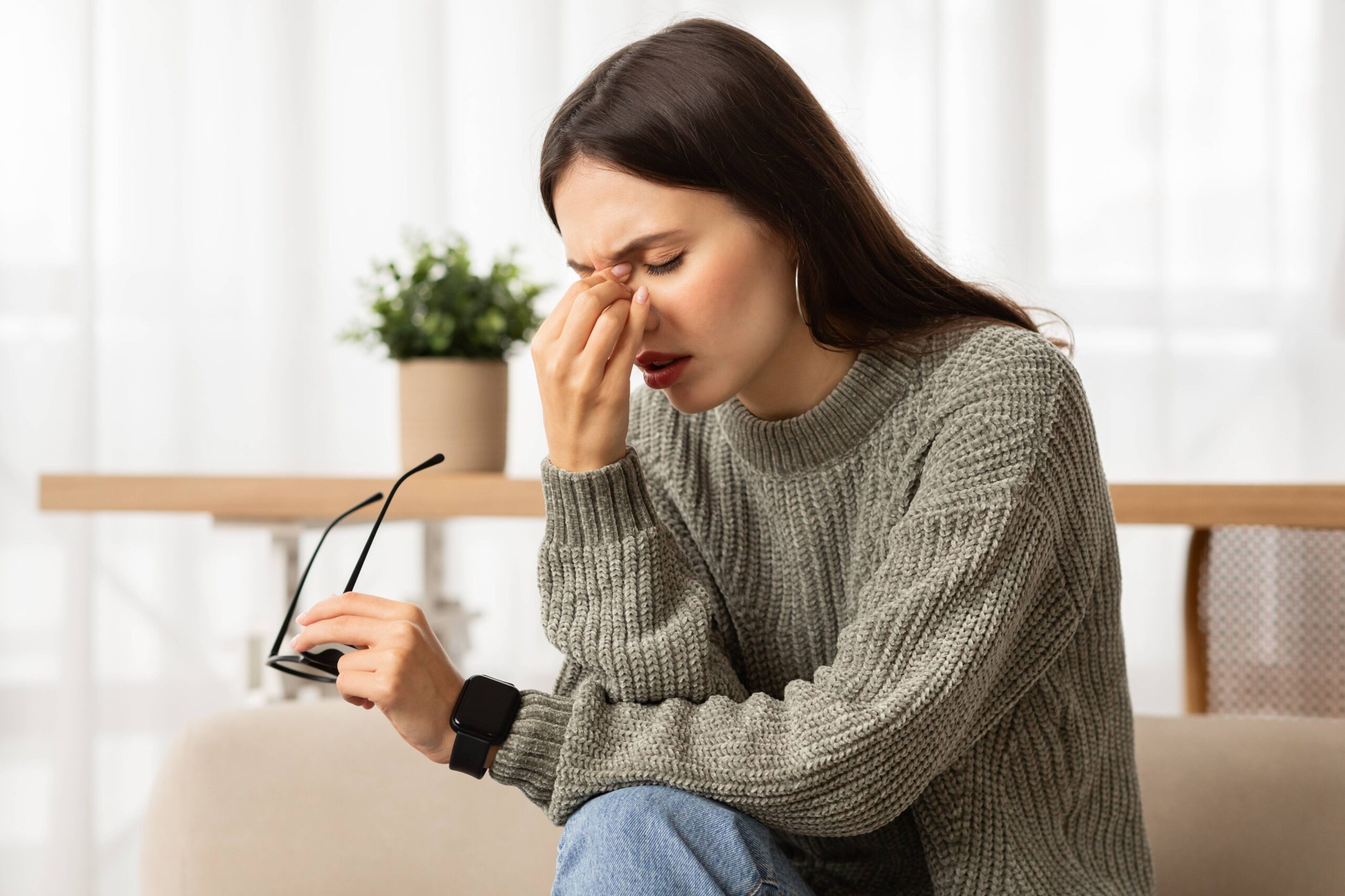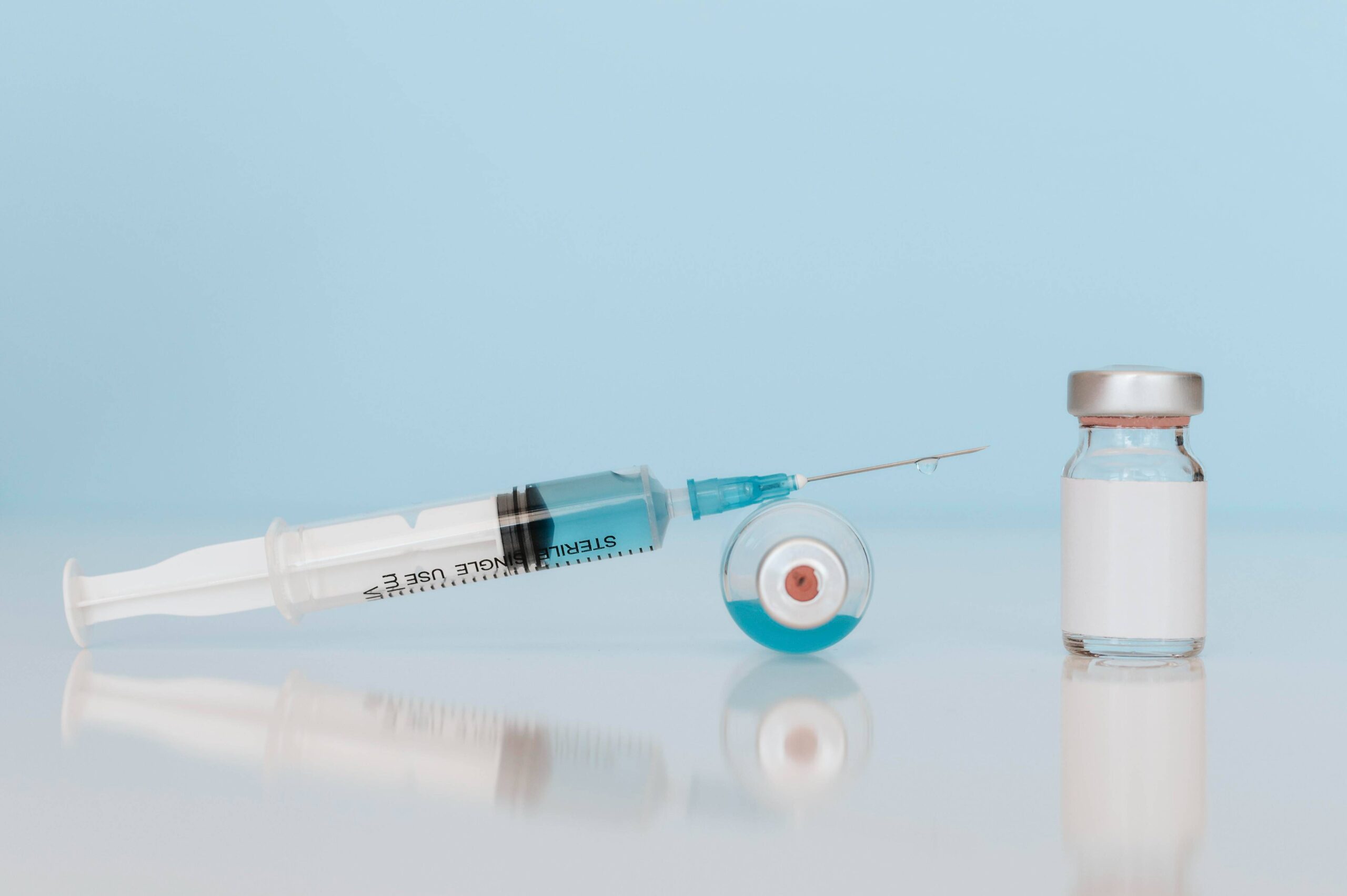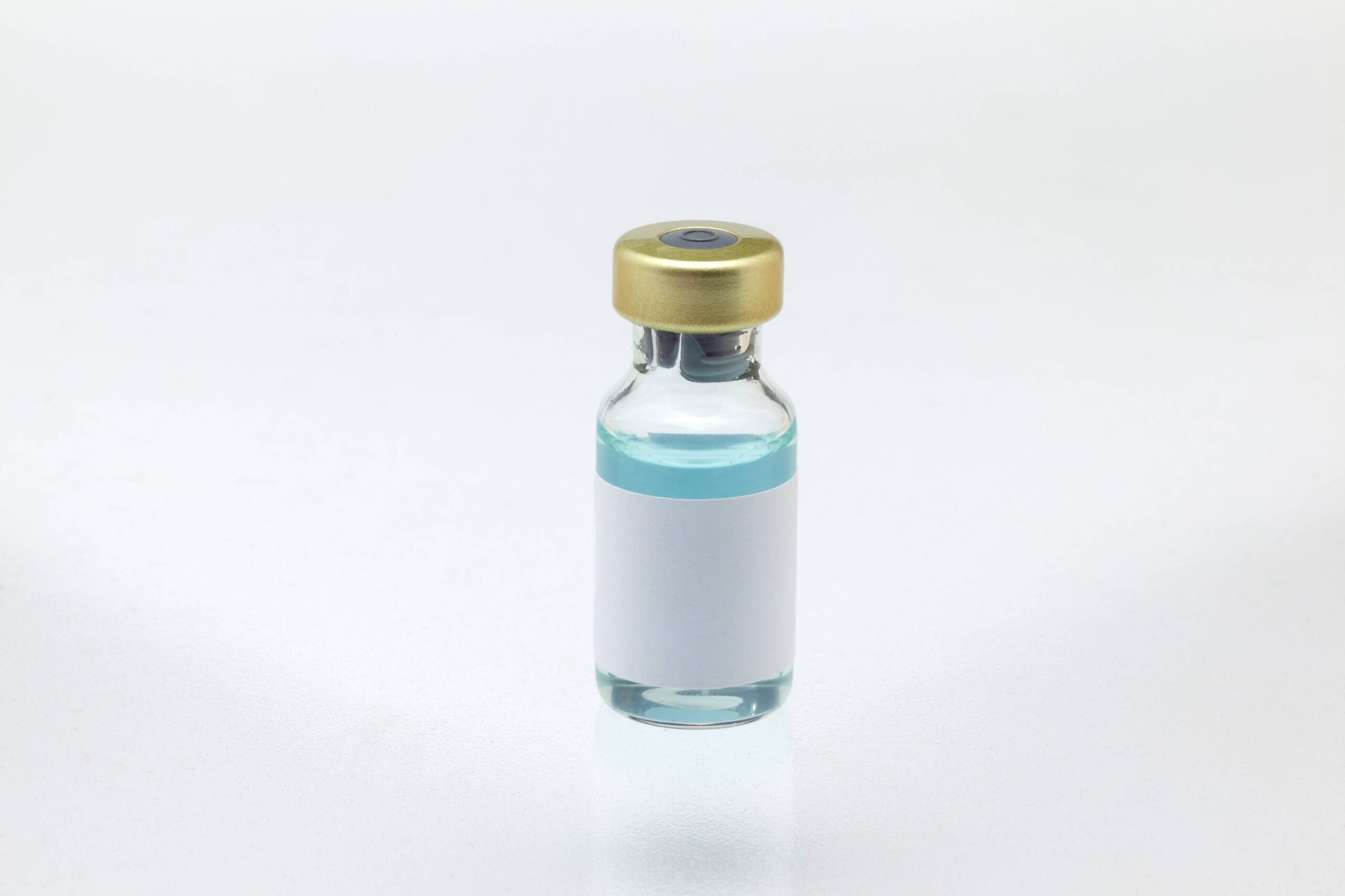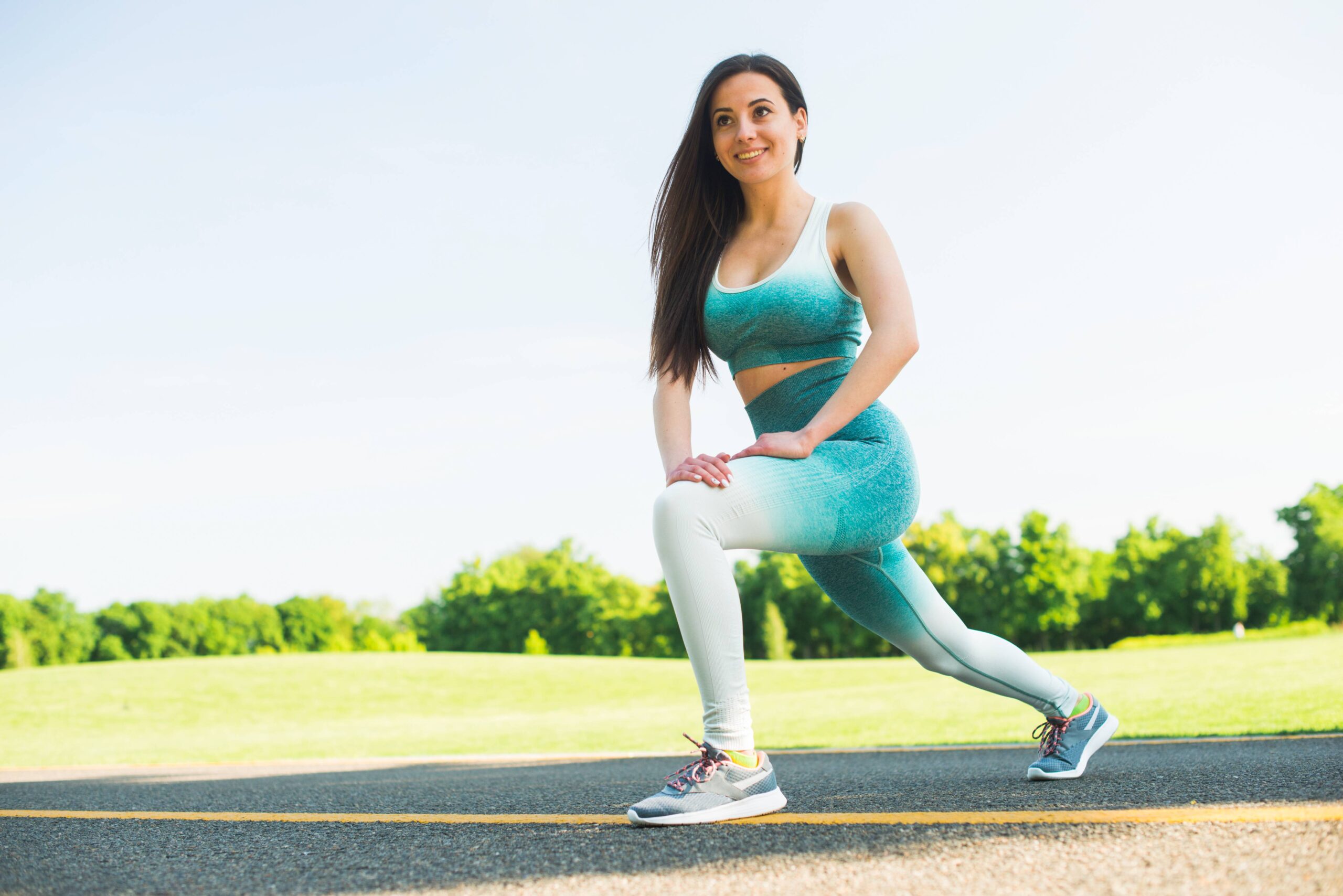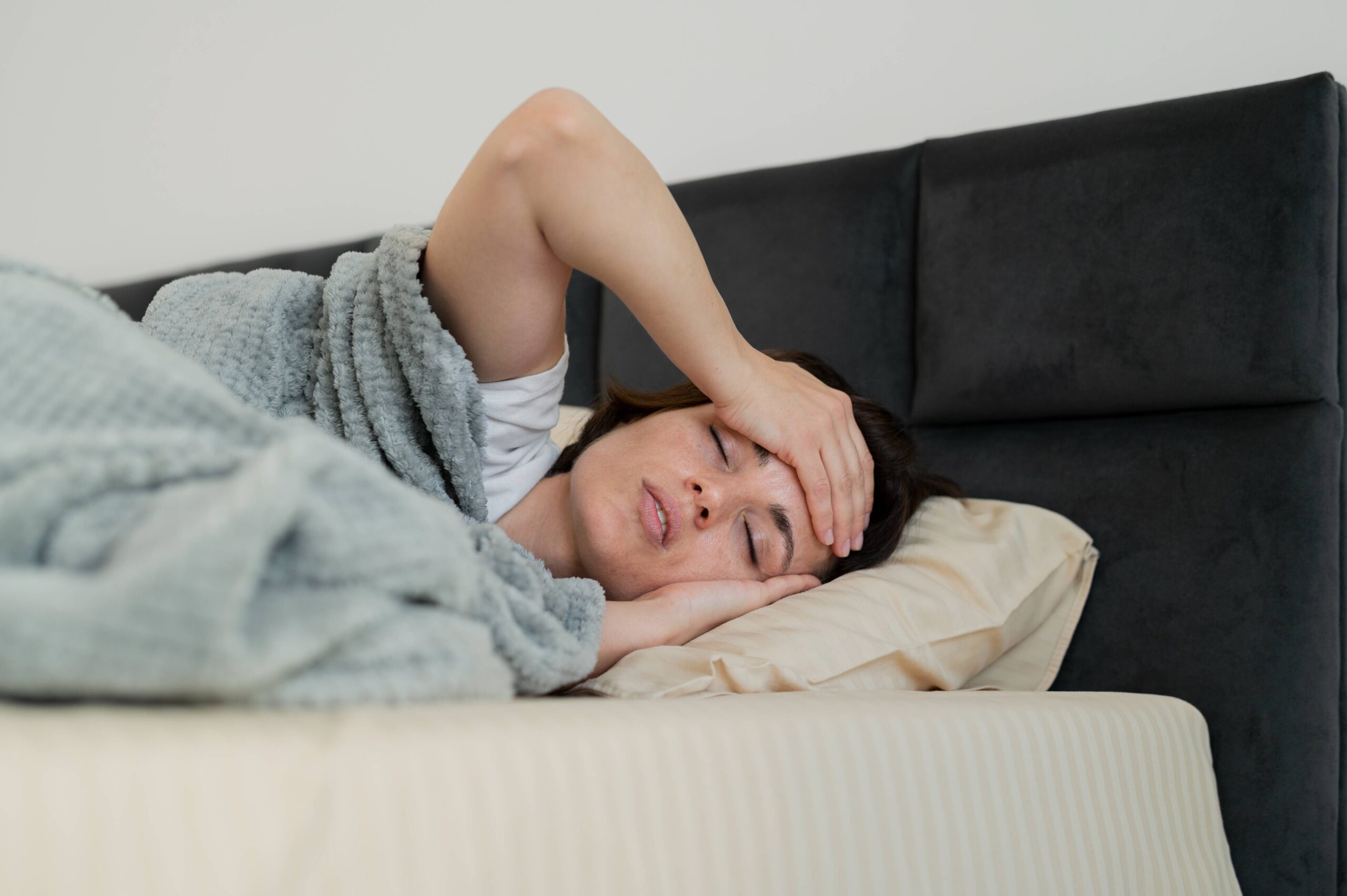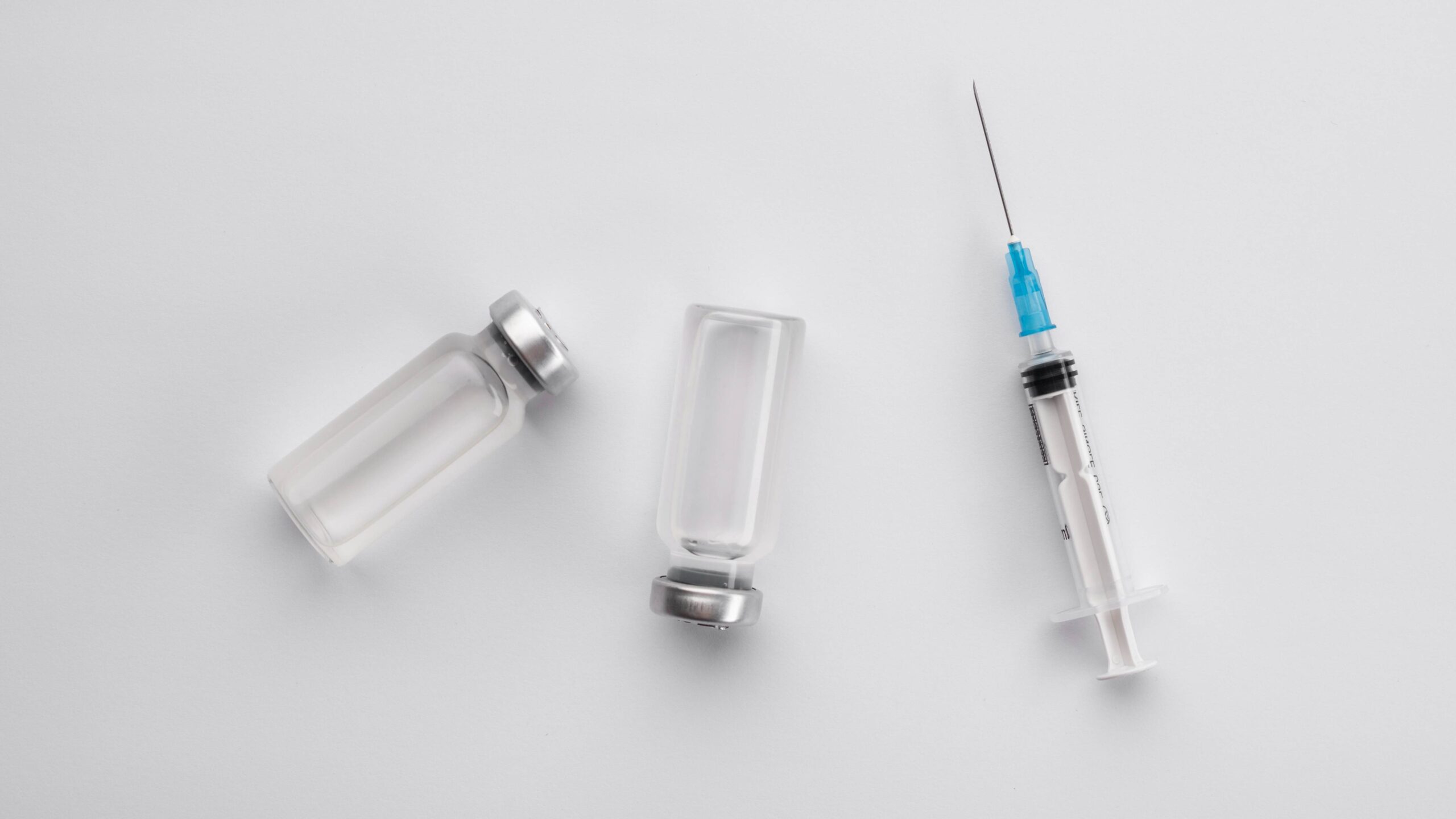Blog
Can You Work Out Right After a Semaglutide Injection? What Every Woman Should Know About Safe Exercise Timing

A Story Many Women Can Relate To
When Danielle, a 34-year-old new mom from Long Island, took her first Semaglutide injection, she felt both excited and anxious. After years of trying everything—fad diets, endless cardio, and calorie counting—she was finally starting something that felt backed by science.
Within weeks, the results began to show: her appetite dropped, her focus returned, and her clothes fit better. But she had one lingering question—“Can I workout after Semaglutide injection?”
She loved her morning spin classes, but now she found herself wondering if pushing too hard after an injection might make her dizzy or fatigued.
If you’ve ever asked yourself the same thing, you’re not alone. Many women—especially busy professionals and new moms balancing everything—want to know how to safely combine Semaglutide treatment with their fitness routines.
At Alternate Health Club (AHC), we hear this question every day. So, let’s break down how to plan your workout after Semaglutide injection safely, avoid fatigue, and still get the best results from your weight-loss journey.
Understanding How Semaglutide Affects Your Body
Semaglutide works by mimicking a natural hormone in your body that regulates appetite, digestion, and blood sugar. It slows down how quickly food leaves your stomach and helps control cravings, which is great for sustainable weight loss—but it can also temporarily affect your energy.
Right after an injection, your body is still adjusting to these hormonal changes. Some women notice mild side effects like:
- Fatigue or lightheadedness
- Nausea or digestive discomfort
- Slight drop in energy for a few hours
These are all normal signs that your metabolism is adapting. But understanding when and how to exercise safely after your Semaglutide injection helps you protect your progress while keeping your energy balanced.
Should You Work Out Right After Your Semaglutide Injection?
The short answer: it depends on how your body feels.
Everyone’s experience is different. Some women feel perfectly fine and even energised a few hours after their shot. Others may notice a temporary dip in stamina or mild queasiness.
Here’s what most healthcare professionals (and AHC coaches) recommend:
- Avoid intense workouts immediately after the injection—give your body at least a few hours to adjust.
- Opt for lighter movement like walking, yoga, or stretching on injection day.
- Plan strength or cardio workouts on the following day when your body feels more stable.
This approach keeps your semaglutide fitness routine balanced and allows your energy to recover fully.
Best Time to Exercise on Semaglutide
If you’ve ever wondered, “What’s the best time to exercise on Semaglutide?”—the answer often depends on your personal rhythm. But most women find success with this pattern:
- Morning Workouts (Day After Injection)
You’re usually less likely to feel queasy, and your body has already adjusted overnight. - Post-Meal Movement (Light Activity After Eating)
Since Semaglutide slows digestion, walking for 15–20 minutes after meals helps reduce bloating and keeps metabolism active. - Mid-Week Energy Sessions
For women who take weekly injections, energy tends to peak mid-week. That’s a great time for higher-intensity workouts like strength training or cycling.
Finding your rhythm takes a little trial and error, but once you tune in, your Semaglutide and gym workouts can become an empowering part of your new lifestyle.
Safe Workouts After Semaglutide Injection
Here are a few safe workout ideas to include after your weekly dose:
1. Low-Impact Cardio
Perfect for easing your body into activity without overwhelming your system.
Try: brisk walking, elliptical sessions, swimming, or gentle cycling.
2. Strength Training
Build lean muscle to support long-term fat loss. Start slow—focus on form and lighter weights at first.
Tip: Protein intake is essential for recovery while on Semaglutide.
3. Yoga or Pilates
Great for hormonal balance, stress relief, and posture improvement. Many women find that these help reduce bloating and fatigue.
4. Stretching and Mobility Work
On injection day, stretching helps improve circulation and reduce soreness or stiffness in the injection area.
Your workout doesn’t need to be extreme—it just needs to be consistent. The right movement plan supports your metabolism, keeps your muscles toned, and helps you stay motivated.
Common Challenges: Why Fatigue Happens
Feeling tired after starting Semaglutide doesn’t mean something’s wrong. Here’s what’s usually happening behind the scenes:
- Calorie Intake Drops Too Quickly: You’re eating less, which means fewer calories for fuel.
- Hydration Imbalance: Reduced appetite often means less water intake.
- Hormonal Adjustment: GLP-1 medications affect blood sugar and digestion timing, which can temporarily lower energy.
- Sleep Disruption: Hormonal shifts can interfere with deep rest.
If you’ve been feeling extra tired, take a look at this guide on Semaglutide Fatigue: Understanding and Overcoming This Side Effect.
How to Boost Energy During Your Semaglutide Fitness Routine
To keep your Semaglutide and gym workouts effective without feeling drained, follow these energy-boosting habits:
- Eat Light, Balanced Meals
Choose small portions of protein, fibre, and healthy fats. Try yoghurt with berries, eggs with spinach, or a protein smoothie. - Hydrate All Day
Aim for at least 80 ounces of water daily. Add electrolytes if you sweat a lot. - Don’t Skip Meals
Even if you’re not hungry, low-calorie intake can cause fatigue. Small, consistent meals work best.
Prioritise Rest Days
Fatigue is your body asking for recovery. A day of rest can actually make your workouts more effective. - Listen to Your Body
Your body is your best guide. If you feel dizzy, stop. If you feel strong, keep going. Semaglutide isn’t about restriction—it’s about rhythm.
For New Moms: Balancing Recovery and Exercise
New moms especially need a gentler approach. If you’re adjusting to postpartum hormones while starting GLP-1 therapy, your body is already doing a lot.
Here’s how to stay safe and supported:
- Start with walking or light yoga. Build stamina slowly.
- Don’t push through exhaustion. If you feel fatigued, focus on rest and hydration instead.
- Eat nourishing, protein-rich meals. Your energy (and milk supply, if nursing) depends on it.
Remember, your transformation doesn’t have to be rushed. You’re rebuilding strength one small, powerful choice at a time.
The Role of an Alternative Health Club
At Alternate Health Club, we know that true wellness isn’t just about medication—it’s about creating a lifestyle that supports your mind and body equally.
When you enrol in an AHC program, you don’t just get Semaglutide. You get:
- Personalised nutrition guidance
- Ongoing follow-ups with licensed providers
- Educational support to help you balance medications, meals, and workouts
We help women find the best way to lose weight—without burnout or guilt. Every program is designed to make you feel energised, supported, and capable.
Explore our Effective Weight-Loss Strategies to see how we can help you shape your health journey with confidence.
Frequently Asked Questions About Working Out After Semaglutide Injection
1. Can I work out right after my Semaglutide injection?
You can, but it’s best to wait a few hours or start with low-impact exercise to see how your body reacts.
2. What is the best time to exercise on Semaglutide?
Most women feel best exercising the morning after their injection, when digestion and blood sugar levels stabilise.
3. Can intense workouts make side effects worse?
Sometimes, yes. High-intensity training right after a shot may increase dizziness or nausea. Gradually build intensity as your body adjusts.
4. What workouts are best for women on Semaglutide?
Walking, yoga, light strength training, and swimming work best to balance energy and burn fat safely.
5. How can I avoid fatigue during my workouts?
Eat light snacks, hydrate well, and rest when needed. Check out our Semaglutide Fatigue Guide for more tips.
6. Should I work out if I feel nauseous after my injection?
It’s better to rest that day. Pushing through nausea may make symptoms worse. Focus on gentle movement like stretching instead.
7. Does exercise improve Semaglutide results?
Absolutely. Consistent movement improves metabolism, preserves muscle, and helps sustain long-term weight loss.
In Closing: Move with Intention, Not Pressure
Your workout after Semaglutide injection should never feel like punishment—it’s a celebration of progress. Some days your energy will soar; other days, your body will ask for rest. Both are part of your transformation.
At Alternate Health Club, we remind every woman: you’re not just losing weight—you’re learning balance. Movement, nutrition, and rest are all part of the same story, and you deserve one that ends in strength and self-confidence.
If you’re ready to create your own fitness rhythm with expert support, visit Alternate Health Club to start your personalised GLP-1 journey today.

